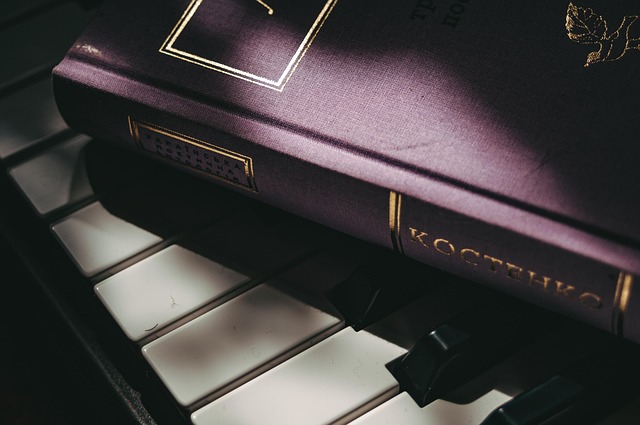There’s something timeless about the way a blues tune can make you feel things you thought you’d buried. That gut-wrenching wail of a guitar, the steady rhythm of a snare drum, and a husky voice recounting pain, love, loss, and sometimes redemption—it all connects deeply with the human experience. But what many overlook is how folklore plays silently—but profoundly—in the background, shaping not just the sounds we hear but the way we feel and celebrate through music.
Blues music was never born in a vacuum. Its roots dig deep into the traditional African-American stories, chants, and spirituals that were passed down orally from generation to generation. These stories weren’t just words; they carried over pain, hope, survival, and defiance—a true folkloric tapestry that laid the foundation for blues as a genre. Think of every blues song as a modern-day folktale, each one echoing the lived realities of ordinary people navigating life’s complexities.
As blues music evolved, it began to thread itself into the DNA of other musical genres. Jazz, rock and roll, and even hip-hop all owe a tip of the hat to blues and the folklore that thrums at its heart. The storytelling nature of the blues gave these genres a narrative backbone, a way to connect with audiences not just through rhythm but through meaning. You can hear the echoes of folklore in the rebellious energy of rock, the improvisational soul of jazz, and the poetic truths of hip-hop.
And what about party culture? At first glance, blues might seem too melancholic to set the scene for a celebration. But dig a little deeper, and you’ll find its stories resonate at gatherings, festivals, and social events where authenticity and shared human emotion are embraced. It’s common to see blues-infused jams at midnight, beer bottles clinking in the background, and a crowd swaying, lost in the collective experience. That’s the power of blues-influenced music—it can make a room of strangers feel like a gathering of old friends, all haunted and healed by the same notes.
The sense of community born out of dance floors and jam sessions is no accident. This ritualistic gathering to enjoy music, to move together, to feel together, traces back to the communal traditions found in global folklore. Whether it’s a delta front porch or a neon-lit city club, these are spaces where modern musical culture celebrates its roots. In every chord and chorus, folklore lives on—not in dusty books or forgotten tales, but in living sound.
Blues, with its roots in folklore, doesn’t just entertain; it teaches, it connects, and above all, it endures. It reminds us that music is more than just sound—it’s a shared memory, a ritual, a movement. And parties? They become more than revelry—they become the stage upon which this heritage continues to be honored and reinvented.




